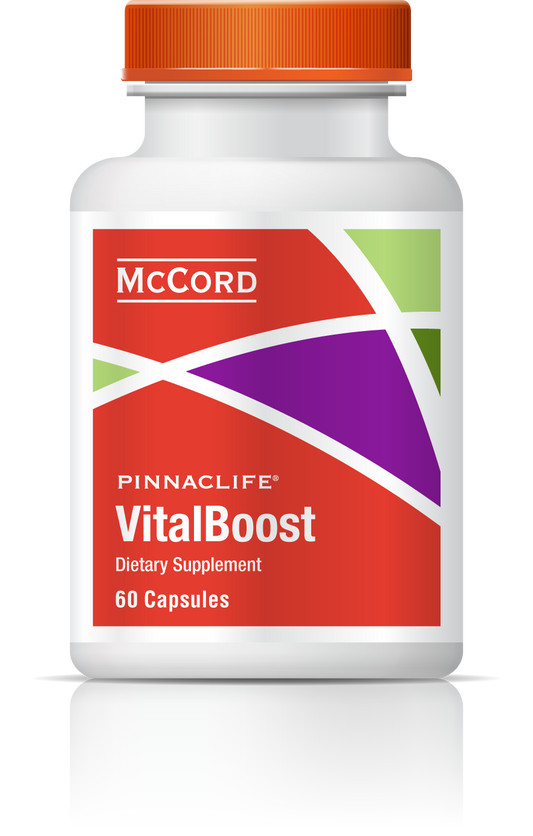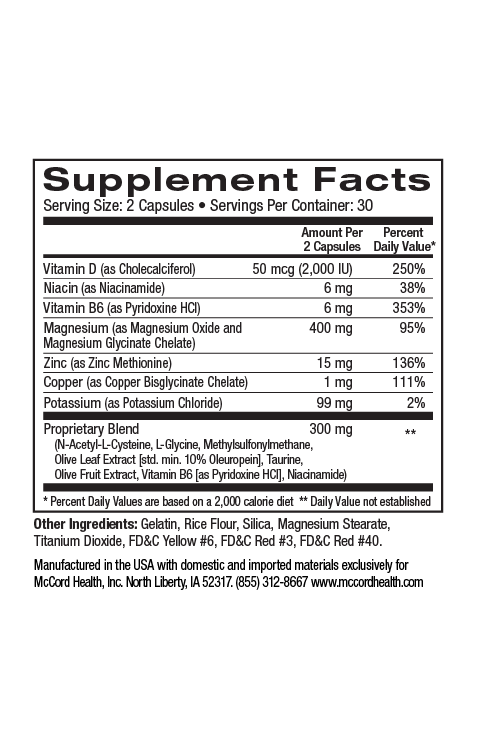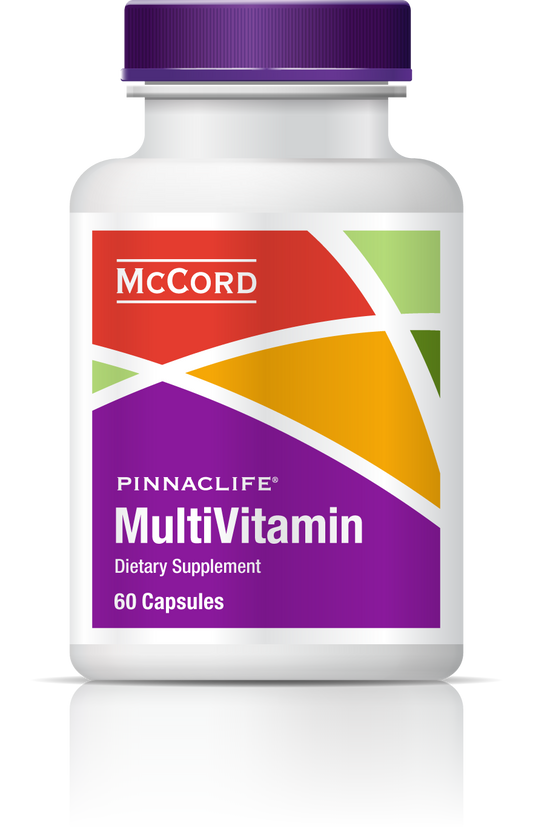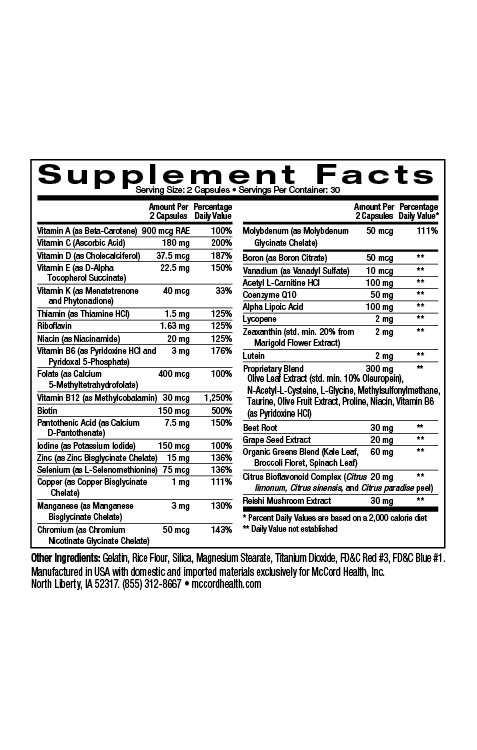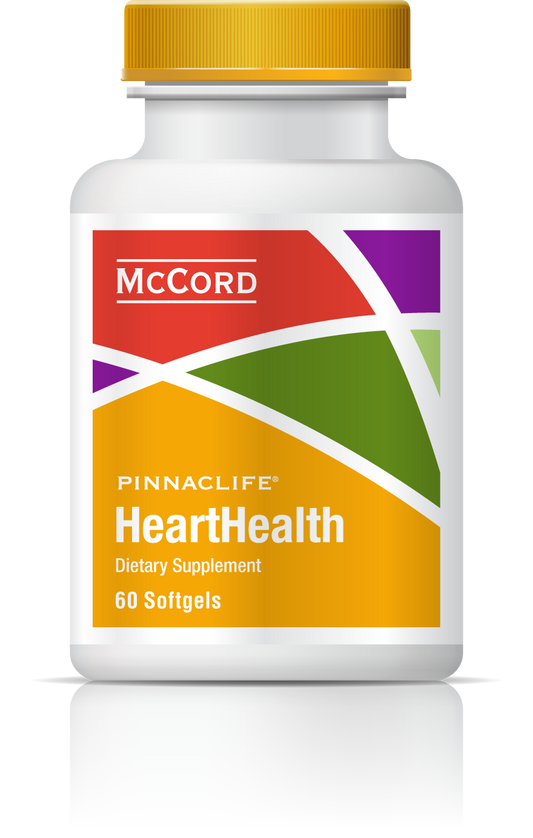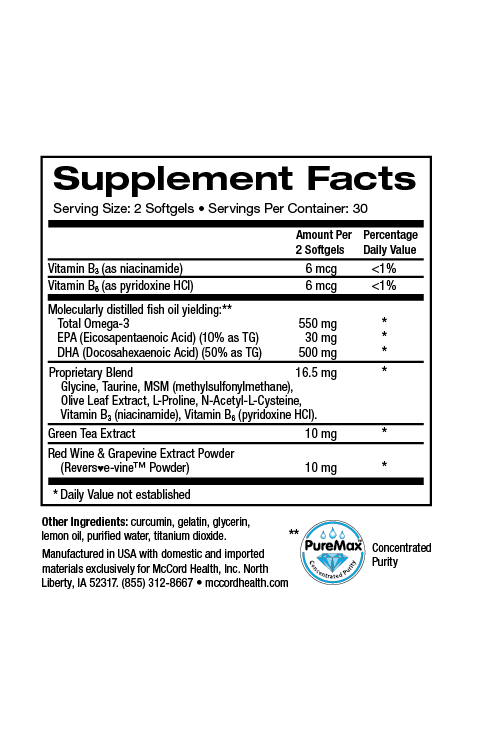Cartilage protects bones where joints are located. It contains dense extracellular matrix (ECM) that gives cartilage the ability to withstand stress. Matrix enzymes known as metalloproteinases (MMPs) can contribute to the degradation of cartilage that is associated with inflammation and arthritis including rheumatoid arthritis (RA) and osteoarthritis (OA). Pinnaclife® JointHealth with Proprietary Blend contains ingredients that help inhibit inflammation and MMPs, including the potent olive polyphenols hydroxytyrosol and oleuropein. Extra virgin olive oil (EVOO) and olive leaf extract containing high concentrations of these polyphenols have been shown to inhibit MMPs and prevent inflammation and cartilage degradation. Methylsulfonylmethane (MSM), curcumin, and taurine found in JointHealth have also been found to decrease MMP levels or activity and decrease inflammation. In addition, ingredients found in JointHealth and Proprietary Blend help decrease oxidative stress that is associated with inflammation, aging and arthritis.
- Arthritis is an inflammatory joint disease that involves the degradation of cartilage
- Cartilage is a highly specialized elastic tissue that protects bones at the joints
- Extra cellular matrix (ECM) consisting mainly of water, collagen, proteoglycans, and glycosaminoglycans including hyaluronic acid (HA) gives cartilage the ability to withstand compression and stress
- Matrix metalloproteinases (MMPs) are enzymes that can degrade cartilage during the disease processes of rheumatoid arthritis (RA) and osteoarthritis (OA)
- Pinnaclife® JointHealth with Proprietary Blend includes ingredients that help decrease inflammation and inhibit MMPs
- JointHealth also includes ingredients that counteract oxidative stress that is associated with inflammation and arthritis
Cartilage is the highly specialized elastic tissue that covers and protects the long bones at the joints. It provides a smooth, lubricated surface for joint flexibility. Cartilage lacks nerve cells, blood vessels, or lymphatics and has a limited capacity for self-repair1,2. It contains dense extracellular matrix (ECM) along with cells known as chondrocytes that produce the ECM consisting mainly of water, collagen, proteoglycans, and glycosaminoglycans including hyaluronic acid (HA). Aggrecan is the major proteoglycan in cartilage that is thought to form interactions with collagen through HA. The ability of cartilage to withstand compression and stress is dependent upon the components and structure of the ECM1-3.
Arthritis is an inflammatory joint disease that typically involves the degradation of cartilage. Two common forms of arthritis are rheumatoid arthritis (RA) and osteoarthritis (OA). RA is a chronic autoimmune disease where matrix enzymes (matrix metalloproteinases; MMPs) produced by cells known as synovial fibroblasts (SFs) that are found in the membrane surrounding cartilage (synovium), degrade joint cartilage and underlying bone4,5. OA is the most common form of degenerative joint disease, and it involves abnormal joint metabolism and bone remodeling6. OA is also characterized by progressive cartilage destruction and a complete loss of chondrocytes.
Both RA and OA involve inflammation and pain that is often a sign of inflammation. During the disease process of RA, the SFs produce inflammatory signaling molecules (cytokines) that induce proliferation of SFs and their invasion into surrounding tissues4. In fact, in the initial stages of RA, SFs produce pro-inflammatory factors and MMPs that contribute to the degradation of ECM and cartilage after contacting immune cells entering the joints6. With OA, inflammation of the synovium contributes to the dysfunction of chondrocytes7,8. Notably, proinflammatory cytokines upregulate MMPs6. Overall, inhibiting inflammatory cytokines and MMPs is key to the treatment of both RA and OA9. Pinnaclife® Joint Health with Proprietary Blend includes beneficial ingredients that help decrease inflammation and inhibit MMPs.
MMPs are a family of matrix enzymes consisting of 23 members. MMP-1, MMP-3, MMP-9, and MMP-13 are considered to play critical roles in the degradation of cartilage. Blood serum concentrations of MMP-1 and MMP-3 correlate with disease activity in RA10. The enzymes MMP-13 and MMP-1 play major roles in cartilage destruction during the disease process of OA in which MMP-13 is primarily produced by chondrocytes11. Interestingly, dietary extra-virgin olive oil (EVOO) that contains high levels of the olive polyphenols hydroxytyrosol and oleuropein found in Proprietary Blend was shown to significantly decrease serum levels of MMP-3 in a model of RA. In addition, EVOO prevented an inflammatory response in this study4. In another important study, a phenolic extract from EVOO inhibited the inflammatory response in activated SFs5.
EVOO was also shown to prevent cartilage degradation in a model of OA that included mild physical activity12. In addition, olive leaf extract with a high concentration of hydroxytyrosol was shown to prevent cartilage degeneration by increasing levels of high molecular weight HA in a model of OA13. Besides including the potent olive polyphenols hydroxytyrosol and oleuropein, Proprietary Blend and JointHealth also have other important ingredients that are capable of decreasing MMP levels or activity including methylsulfonlymethane (MSM)14, curcumin9, and taurine15. An important study found that MSM reduced the activity of MMP-1, MMP-3, and MMP-13 in a model of OA that utilized human chondrocytes. NFkB activity that is directly linked with inflammatory signaling was also decreased in this study14.
Another important study showed that curcumin treatment decreased serum levels of MMP-1 and MMP-3 in a model of RA. In addition, curcumin alleviated RA-induced inflammation in this study9 and attenuated arthritis via anti-inflammatory effects in another interesting study16. Taurine administration was also shown to inhibit MMP-3 and exert protective effects against OA15. Other important anti-inflammatory ingredients found in Proprietary Blend and JointHealth include MSM17, N-acetylcysteine (NAC)18, and taurine19. These ingredients along with hydroxytyrosol, oleuropein, and curcumin are also known to have powerful antioxidant activity that can counteract oxidative stress20-25. In fact, oxidative stress is associated with inflammation and results from the inability of cells to eliminate free radicals known as reactive oxygen species (ROS) using the natural defense system that includes defense enzymes such as superoxide dismutases (SODs)26.
Aging-associated changes in joint cartilage as well as mechanical and metabolic stress can lead to increased levels of ROS and oxidative stress that contributes to chondrocyte damage and their decreased ability to produce cartilage matrix27. Hydroxytyrosol, oleuropein, and NAC have been shown to activate Mn(SOD) that helps counteract oxidative stress28-30. Pinnaclife® JointHealth with Proprietary Blend http://www.olivamine.com includes impeccably sourced ingredients that have undergone rigorous scientific review to prove they renew, restore, and repair cells.
References
- Arch Biochem Biophys 2008; 474: 175-182.
- Sports Health 2009; 1(6): 461-467.
- Cells 2019; 8: 969, 1-30.
- Eur J Nutr 2016; 55: 315-325.
- Br J Nutr 2019; 121: 55-62.
- Nutrients 2017; 9: 1060, 1-18.
- PLOS One 2014; 9(10): e109724, 1-9.
- Mol Med Rep 2018; 17(3): 4035-4042.
- Drug Design Develop Ther 2018; 12: 4095-4105.
- Int J Mol Sci 2017; 18: 905, 1-20.
- Life Sci 2019; 116786: 1-9.
- J Nutr Biochem 2013; 24: 2064-2075.
- Biosci Biotechnol Biochem 2018; 82(7): 1101-1106.
- Int Immunopharmacol 2018; 65: 129-139.
- Knee 2018; 25(3): 374-380.
- Int Immunopharmacol 2019; 72: 292-300.
- Nutrients 2017; 9(3): 290, 1-21.
- Pneumologie 2011; 65(9): 549-557.
- J Biomed Sci 2010; 17(Suppl 1): 56, 1-14.
- J Agric Food Chem 2011; 59: 4473-4482.
- Sci Pharm 2010; 78: 133-154.
- Life Sci 2015; 121: 110-116.
- Amino Acids 2004; 26: 203-207.
- Cancer Res 2007; 67: 6392-6399.
- Adv Exp Med Biol 2007; 595: 105-125.
- Curr Neuropharmacol 2009; 7: 65-74.
- Biochim Biophys Acta 2016; 1860: 1181-1191.
- Age 2012; 34: 95-109.
- J Biol Regul Homeost Agents 2014; 28: 105-116.
- Free Rad Res 2019; 53(7): 768-779.

